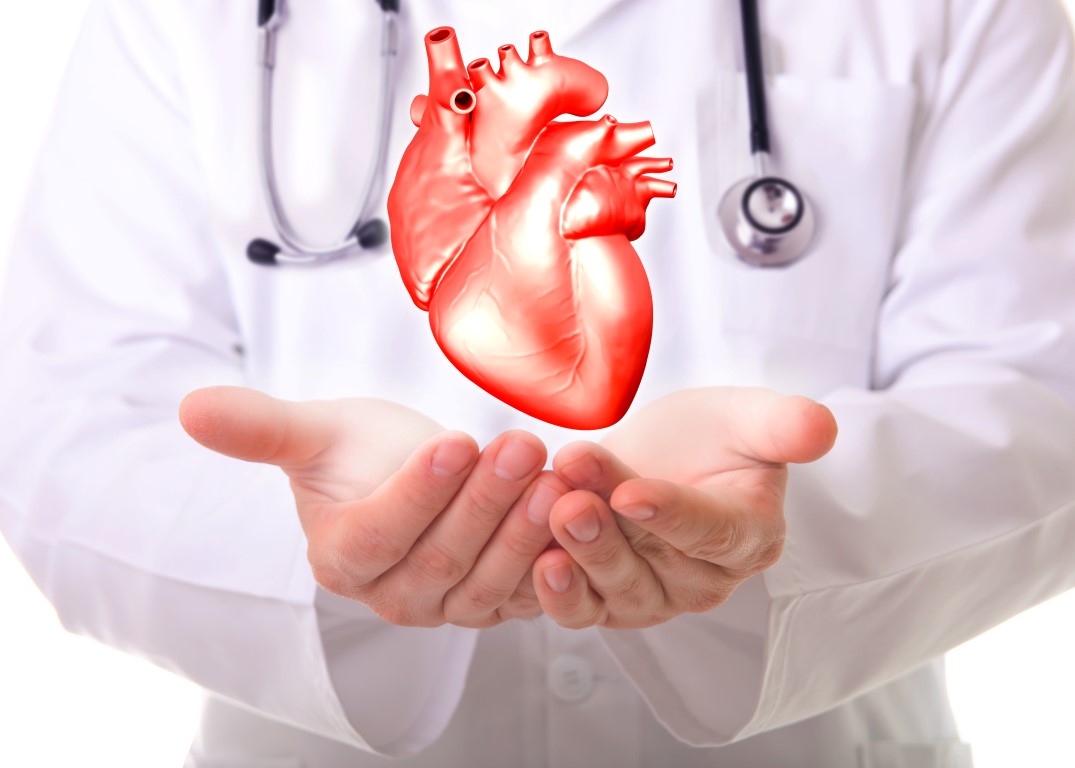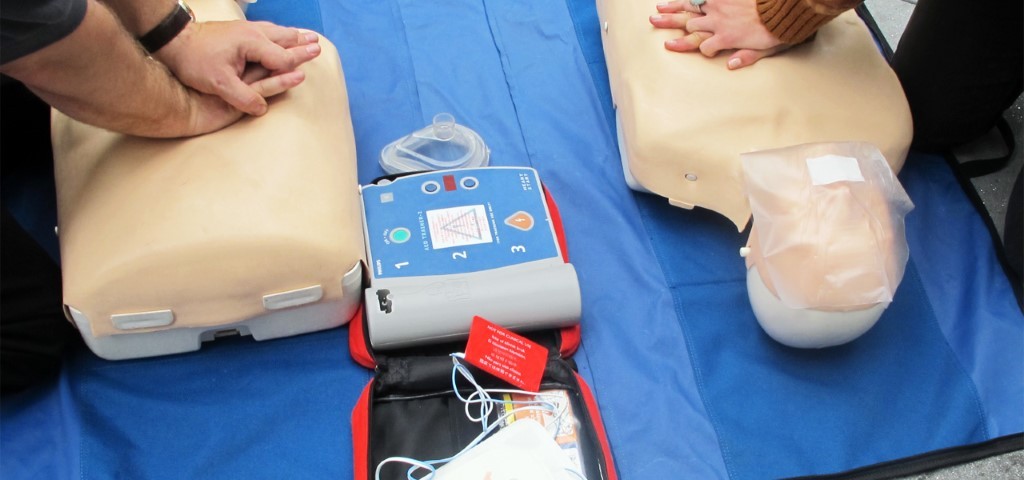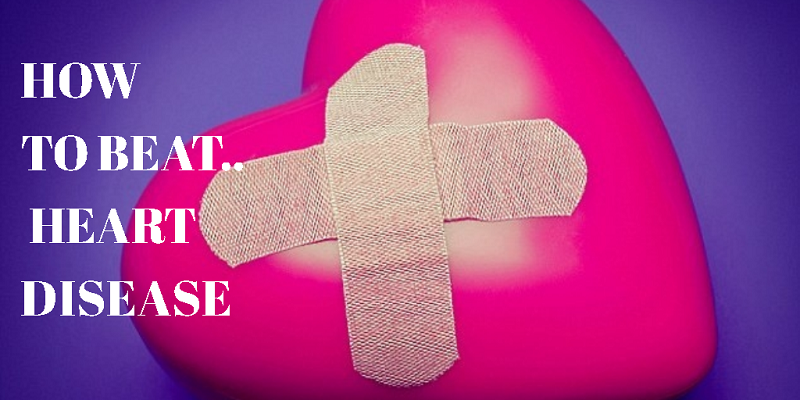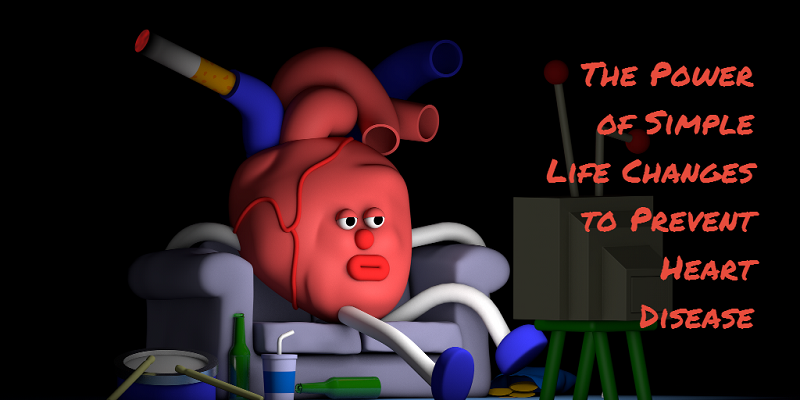
Basic Life Support Review by ACLS Certification Institute
December 27, 2014
ACLS Recertification – Who Needs It And How They Get It
December 30, 2014Cross one hand over the other. Interlace the fingers from your top hand onto your palm. Set your shoulders and elbows straight, and push. These are the basic steps that comprise hands-only cardiopulmonary resuscitation, an American Heart Association recognized method of CPR.
Brown Emergency Medical Services offered free hands-only CPR training in the lower Faunce lobby Friday and will offer another session Wednesday. The training is the first of its kind offered on campus.
According to the AHA, performing CPR on a person experiencing cardiac arrest nearly doubles his or her chance of survival, but CPR is only performed in 32 percent of cases. Event Coordinator Ava Runge ’15 said by hosting hands-only training, Brown EMS hopes to teach a greater percentage of the Brown population a potentially life-saving skill.
Hands-only training takes a few minutes to learn, and is easy to execute, Runge said. Brown EMS uses mannequins during training, which produce a clicking sound to let people performing CPR know that they are pushing hard enough. Instructors help participants position their hands and arms correctly as well as find the correct pace to push. A common trick, Runge said, is to think of the disco song “Stayin’ Alive” by the Bee Gees — which, in addition to having relevant lyrics, has the right number of beats per minute — around 100 — to guide the pace of someone performing CPR.
Though many people think of mouth-to-mouth rescue breaths as a CPR staple, one benefit of hands-only training is how easy it is to learn, said Brendan McStay, assistant manager of safety and Brown EMS. “That’s the beauty of it, the simplicity,” he said. “You only have to remember to push hard and push fast.”
At the event, Brown EMS provided flyers with more information on getting certified in traditional CPR. Traditional training requires payment and a several-hour-long certification course, according to Runge, whereas hands-only can be taught to the public.
Students who attended the training said they appreciated the efficiency of learning CPR. Ari Snider ’18, who attended the event, said, “It just feels like such a short little intro to CPR that it would be a shame to end up in a situation where I needed to use it and hadn’t done this.”
Though cardiac incidences are not common on campus, Runge said that “we do have a diverse community here, especially age-wise. There’s a lot of faculty and staff that are different ages, and there are cardiac arrests on campus.”
She added that she and other members of Brown EMS “wanted to have a larger percentage of the Brown community know how to respond in the event of a cardiac emergency.”
Hands-only CPR has proven to be just as effective as traditional CPR when assisting someone in cardiac arrest, according to the AHA. While resuscitating breaths are helpful in traditional CPR, studies have found that “even people that are trained and certified in it hesitate to do the breathing portion on someone who they are not related to,” McStay said. “I’ve heard it called the ‘ick factor’.”
It is a common misconception that people immediately need additional oxygen to maintain their blood supplies when in cardiac arrest, McStay said, adding that the AHA has found over the years that the blood is oxygenated enough for the first few minutes of cardiac arrest without additional breathing.
“In areas where there’s good public awareness about CPR, the survival rates are improved,” said Jamieson Cohn, assistant director of the Emergency Medicine Residency Program, who was not associated with the training program. “The idea (of hands-only) is that it decreases the time to initiate CPR for laypeople.” In the past people were losing time checking for breaths or a pulse, when compressions are the most important part of resuscitation, he added.
Cohn added that while he doesn’t know whether these sorts of training clinics are actually effective for making the community more likely to use CPR, they “do probably improve people’s comfort with CPR.”
Students who attended the event said they felt the training provided them with a good background but that in a real-life situation they would rather rely on someone else first.
Adam Hersko-Ronatas ’18 said if he saw someone in cardiac arrest, he would try to help but would hope EMS arrived first.
“If I ended up in a real-life situation, I would hope that someone else would be able to do it, then I could watch a real-life situation first,” Snider said.




